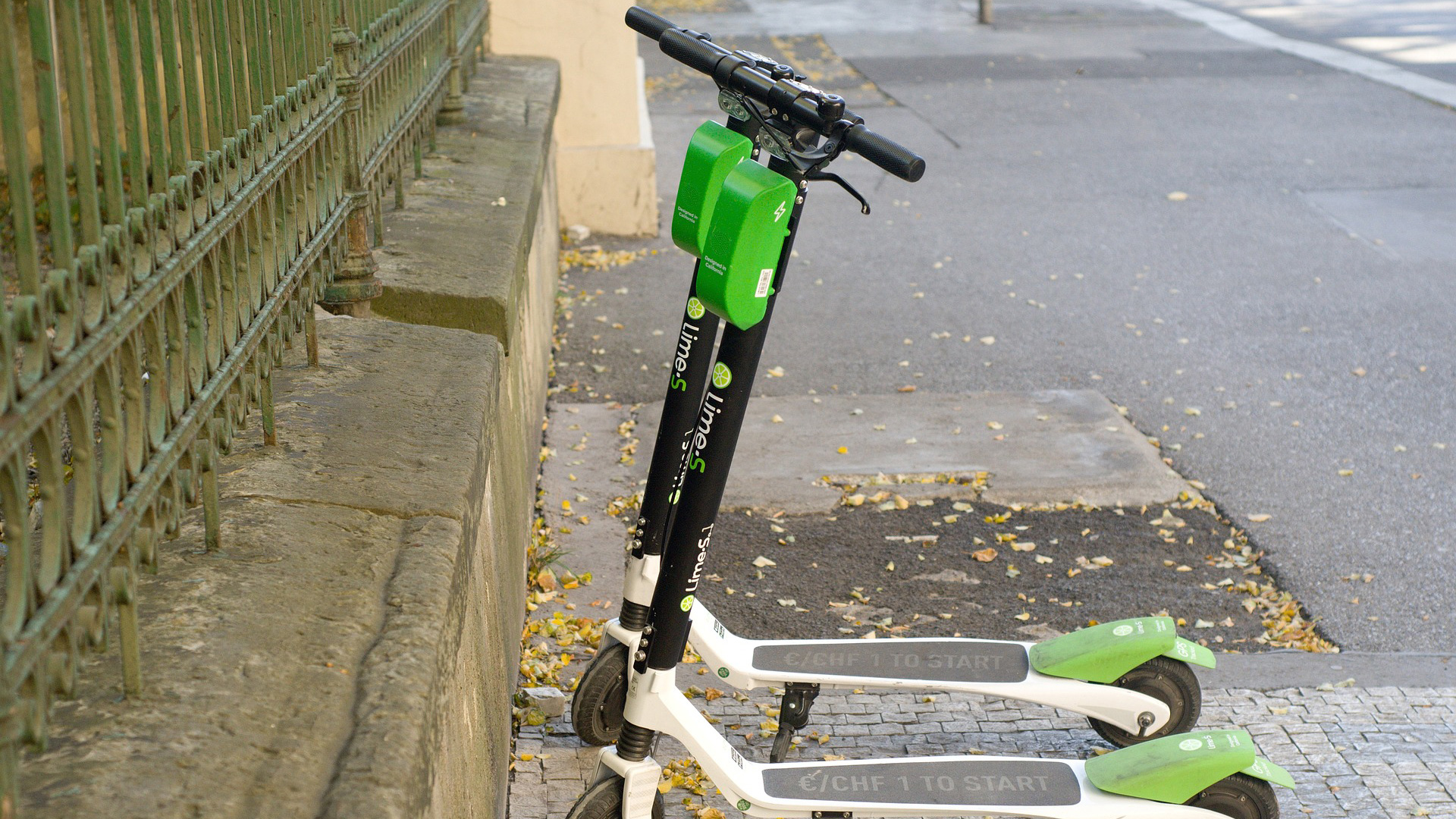Two-wheeled electric vehicles known as e-scooters have been dropped in more than 100 cities around the world, available for use by anyone with a phone app and a credit card. A rental cost is $1 plus an additional 15 cents per minute.
While e-scooters present some interesting opportunities, there are two major categories of concern of which we should be aware. The first concern is this: e-scooters don’t fit into the modes of transportation already in use within these cities, and the cities’ infrastructure is not designed for the large number of them in use in many areas.
E-scooters are not owned by the user, so they are found lying all over the sidewalks as riders drop them when they arrive at their destination, cluttering areas designed for pedestrian use.
E-scooters are most often zipping along on sidewalks at speeds up to 15 miles per hour, which is incompatible with pedestrians using the sidewalks. Many e-scooters are restricted to street use (in some cities) and they are not compatible with motorized vehicle traffic. Nighttime is the largest volume time for use, they do not have lights or retroreflectors, and riders do not use them in accordance with traffic law codes. The most applicable environment for use is in bicycle lanes, which riders do occasionally use when they are available in our aging city infrastructures.
The second concern has propagated research studies and publications by the City of Austin Public Health Division, the Journal of the American Medical Association, and many others. The Austin study reports—and others concur—that local hospitals and local emergency services have seen a significant increase in injuries arising from use of e-scooters.
The largest number of injured riders are in the 18 to 29-year-old range, followed by the 30 to 39-year-old range and 40 to 49-year-old range. During the three-month Austin study, the age of injured riders needing emergency treatment ranged from 9 to 79 years old. Fifteen percent of the injured/treated riders had traumatic brain injuries. A Los Angeles study found that more than 40% of reported injuries were head injuries. Less than one percent of the injured riders were wearing helmets (which are not readily available) when they crashed. Other reported injuries in the Austin study include: 84% bone fractures, 45% nerve, tendon or ligament injuries, 5% severe bleeding, 1% sustained organ damage, and 8% spent more than 48 hours in the hospital.
E-scooters are not going away. Bird’s e-scooters are in over 100 cities, including 10 million rides. The company has a $2 billion valuation. Some cities have attempted to control the use of e-scooters. Paris imposed a 5-mph speed limit when they are used in areas with heavy foot traffic and a $150 (US dollar) fine for riding them on sidewalks.
This means research, analysis, and planning are needed to update and maintain out transportation ecosystem. We are going to have to think outside the box and ahead of what we have already learned to keep up with the changes we see continuously.

